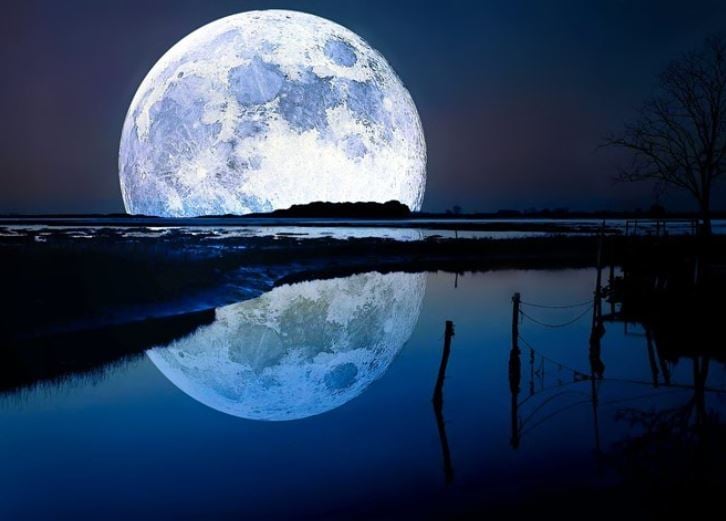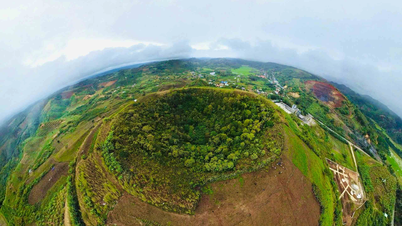Journey formed from a cosmic collision
According to scientists , the Moon formed about 4.51 billion years ago, just 60 million years after the Solar System emerged. The most popular theory is that a Mars-sized body – called Theia – collided with the early Earth. This giant collision created a lot of debris, and it was that debris that coalesced into the Moon.

Illustration photo.
Can the Moon “age” and disappear?
While the Moon doesn’t age like living things, it is still changing. Surprisingly, the Moon is moving away from Earth at a rate of about 3.8 centimeters per year. If this continues, in billions of years the Moon may lose its significant influence on Earth—like controlling the tides or stabilizing our planet’s rotation.
But don't worry. At that rate, it would take tens of billions of years for the Moon to drift significantly farther away—by which time the Sun would have entered its "old" phase, turning into a red giant and possibly swallowing up the entire Solar System.
Will still be with you for billions of years to come
In short, the Moon has existed for 4.5 billion years and will continue to be attached to the Earth for an extremely long time. Despite the subtle changes in its orbit and distance, at least for the next billion years, we will still be able to admire the bright moonlight every night - the eternal symbol of life and poetry on the blue planet.
Source: https://doanhnghiepvn.vn/cong-nghe/mat-trang-bao-nhieu-tuoi-cau-tra-loi-se-khien-ban-ngac-nhien/20250425020352483




































































































Comment (0)